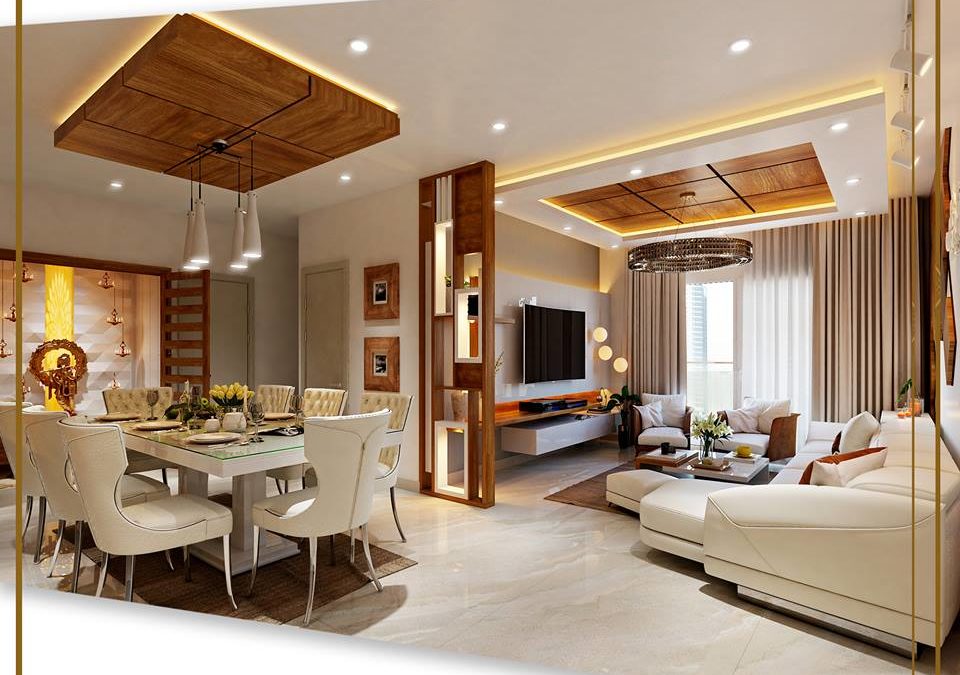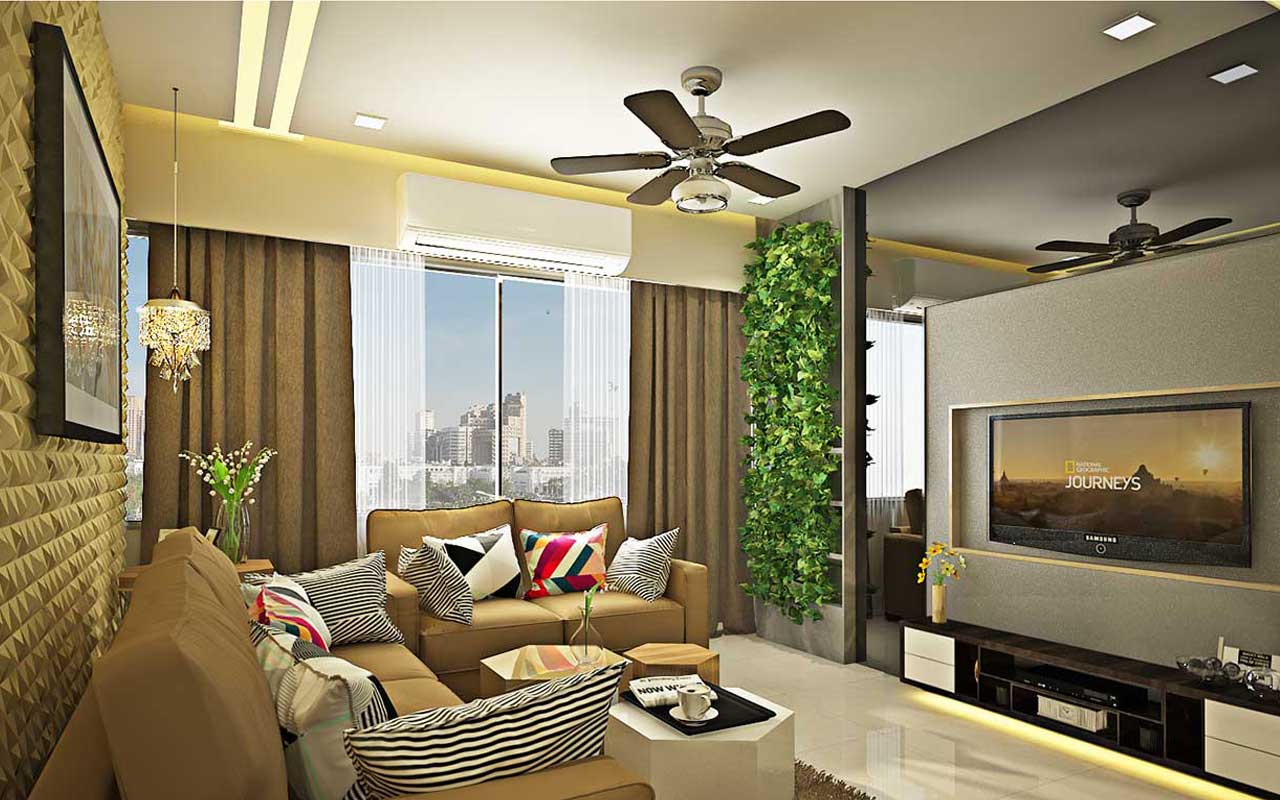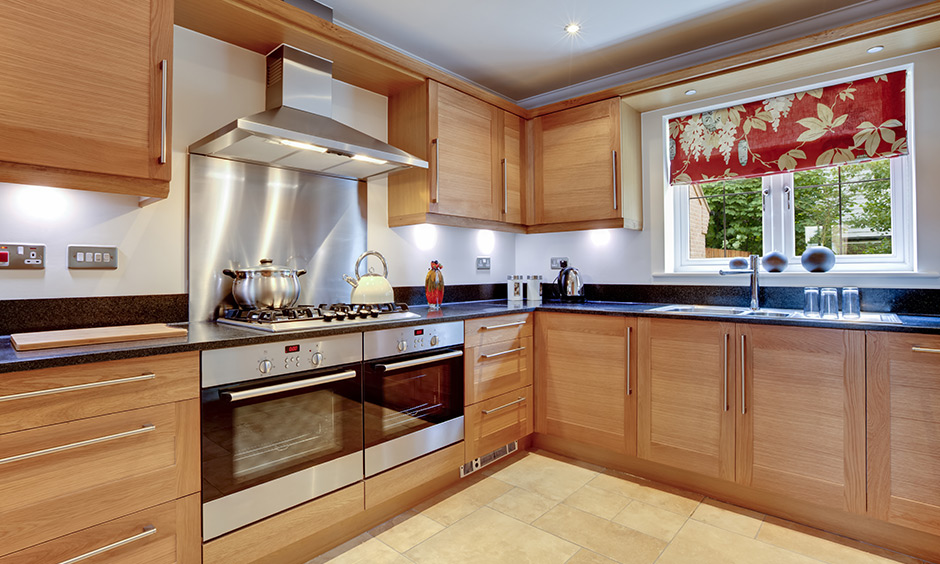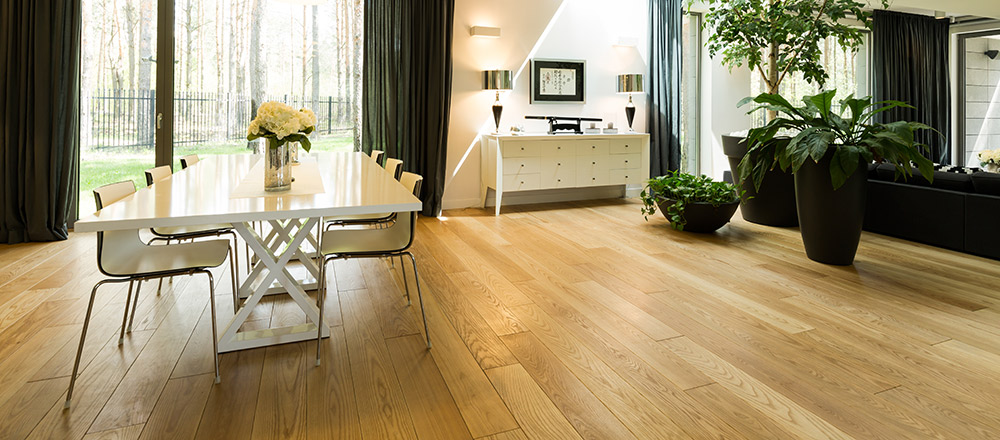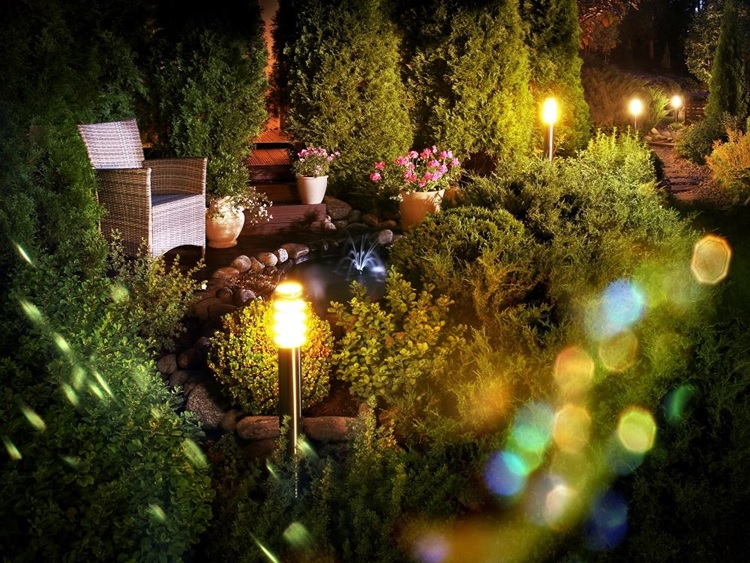
Planning garden lighting is key to having a beautiful space both during the day and at night. This requires a lot of planning so that the electrical installations are appropriate.
In addition to the essential function of artificial lighting, which is to allow the use of the area during the night, the garden becomes much more elegant and luxurious when it has adequate lighting. Thus, it is possible to highlight plants, whilst making the area safer – both against intruders and to avoid accidents (tripping and falling when you cannot see the floor).
Many smart light options on the market can bring an extra touch of beauty to the green areas of your home. Smart light options can even help with energy consumption as they can be more eco-friendly than traditional lighting. Options you should consider are LED bulbs, either coloured or white, and solar motion sensor lights that turn on and off according to the rising and setting of the sun.
Lighting up the garden
The way light is seen during the day is different to how it is seen at night, a particularly important distinction when it comes to lighting paths and other outdoor spaces. However, certain principles about garden lighting remain valid for both indoors and outdoors.
Whether inside or outside the home, lighting is generally divided into three tiers based on function:
- General lighting: Provides lighting for an entire room or space.
- Activity lighting: Used for a specific purpose, such as illuminating a pathway.
- Highlight lighting: Draws attention to an object or area. This is usually done with spotlights or decorative lamps.

While outdoor lighting can be placed virtually anywhere, some points make it an absolute necessity. Important areas of landscape lighting include:
Pathways
A well-lit route is welcoming and a must, providing lighting that extends hospitality to visitors and makes walking safer. Elevated lighting is not necessary, and downlights will prevent glare.
Entrances
Position lights on either side of a door or on the ceiling at the front, rear and side entrance doors. Low voltage landscape lighting, which is usually easier to install and uses less energy than other systems, is a good option along a driveway.
Steps, decks and play areas
Steps should be uplighted for safety, with the light always illuminating each step to avoid accidents. For leisure areas such as an outdoor kitchen or barbecue area, uplighting is the best option, usually reflected on walls or between plants for a more refined effect that brings comfort and elegance.
Common problems
The problems of outdoor lighting differ from those of indoor lighting. For example, reflection is less of a problem outdoors because most surfaces are dark and do not reflect light well. However, position and safety are more important in outdoor landscape lighting to avoid reflections. Glare occurs when a light source is too large or too bright; it can blind because it reflects directly into people’s eyes. Lighting should be well-thought-out to brighten only the desired areas.








